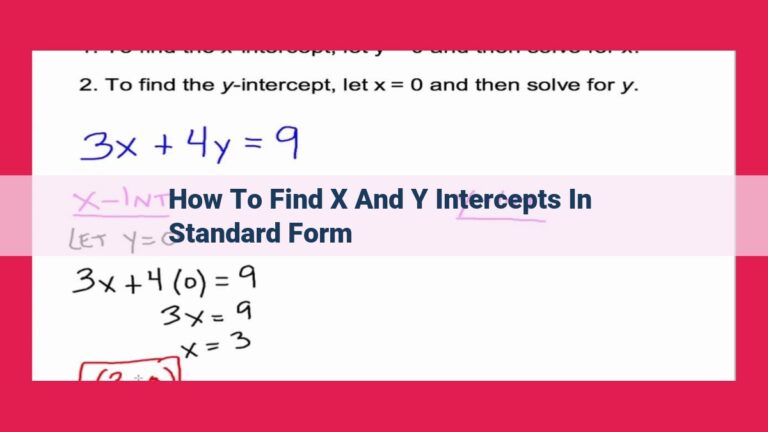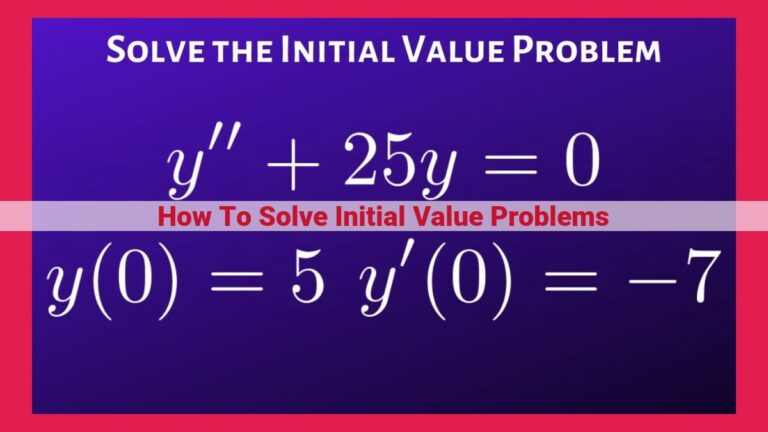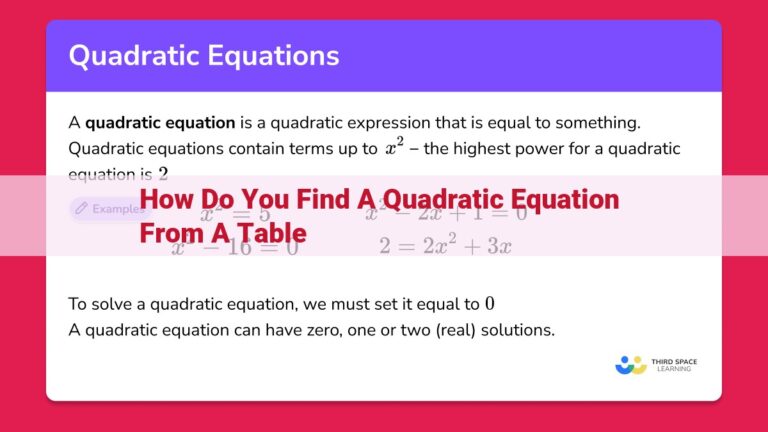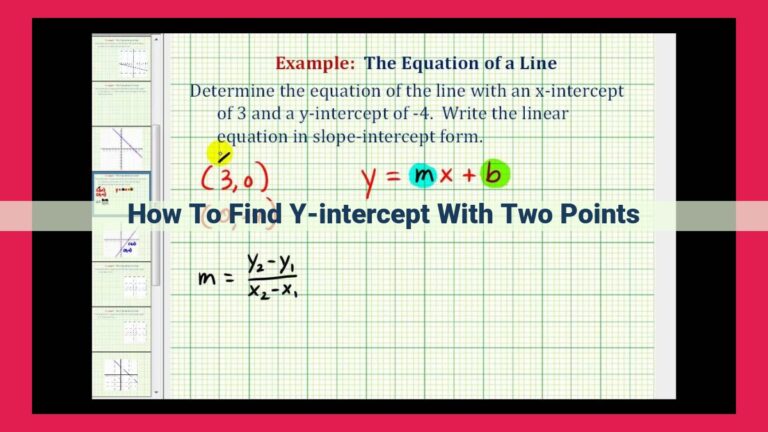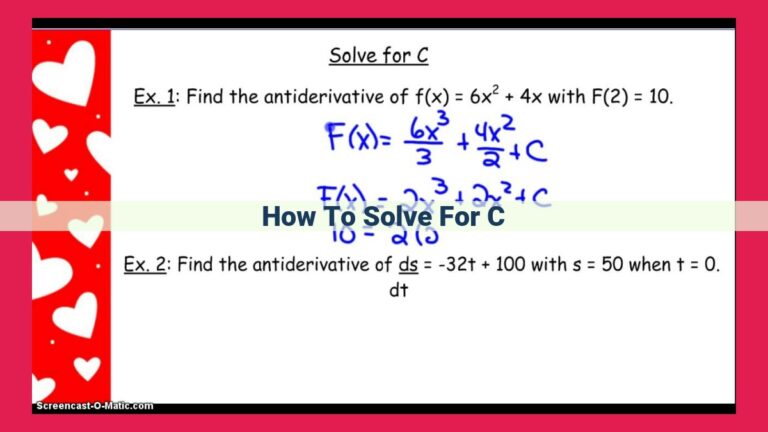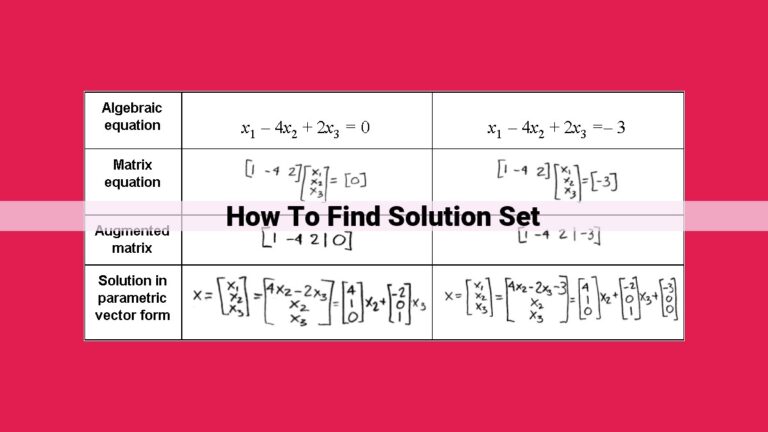Understanding Equation Systems: Number Of Solutions And System Characteristics
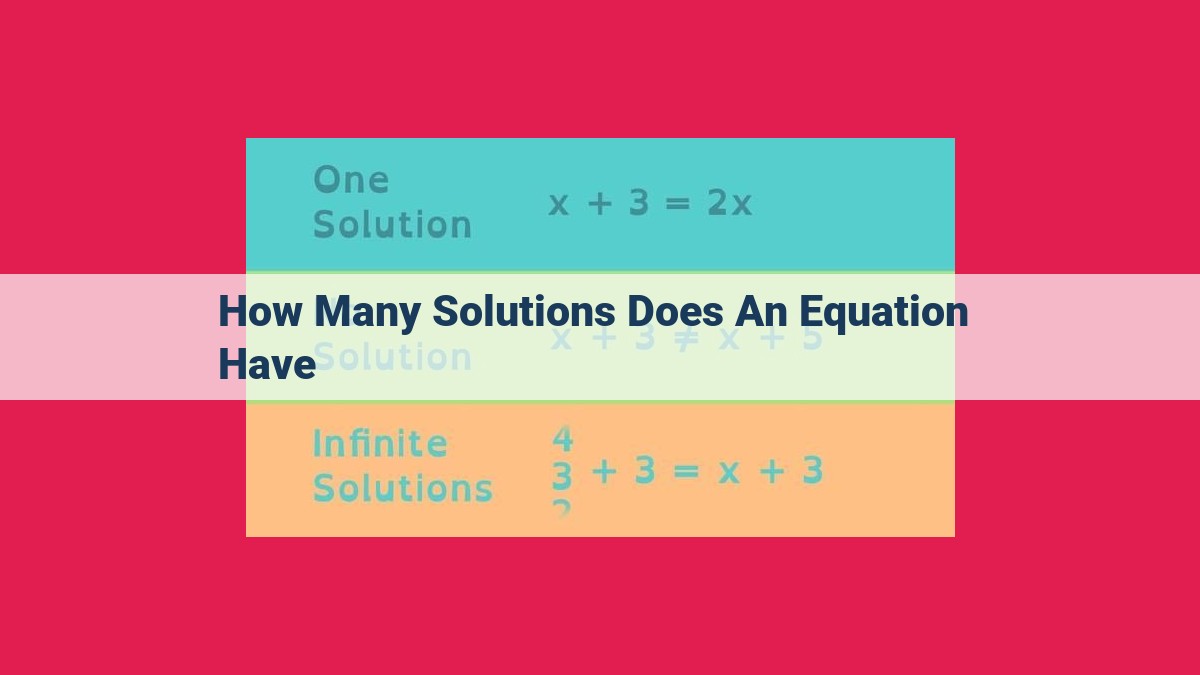
Understanding the number of solutions to an equation system is crucial for effective solving. A system can have a unique solution when it is consistent and independent. Infinitely many solutions arise when a consistent system is dependent, allowing multiple potential solutions. Conversely, an inconsistent system has no solution due to contradictory equations. The following table summarizes these concepts:
| Number of Solutions | System Type | Condition |
|---|---|---|
| Unique Solution | Consistent, Independent | All equations intersect at one point |
| Infinitely Many Solutions | Consistent, Dependent | Equations overlap, resulting in multiple solutions |
| No Solution | Inconsistent | Equations contradict each other |
Unlocking the Secrets of Equation Systems: Understanding the Number of Solutions
In the realm of mathematics, solving equation systems is akin to deciphering a complex puzzle. One crucial aspect of this endeavor lies in determining the number of solutions concealed within the system’s intricate equations. This knowledge empowers us to unravel the system’s secrets and solve it efficiently.
Imagine a system of equations as a set of interconnected paths, each path representing an equation. When these paths intersect, the solutions emerge as points where all equations are simultaneously satisfied. The number of solutions determines the nature of the system and guides our approach to finding them.
comprender el número de soluciones es fundamental para resolver sistemas de ecuaciones de manera eficaz.
Unique Solution: The Golden Grail
When delving into the enigmatic world of equation systems, encountering a unique solution is like striking gold. It’s the holy grail of equation-solving endeavors, where all equations are simultaneously satisfied by a single set of values. This harmonious alignment unravels a clean and concise path to a problem’s resolution.
The key to unlocking this mathematical treasure lies in a system’s consistency and independence. A consistent system is one where its equations don’t contradict each other. Think of it as a graceful dance where all equations move in perfect harmony, never clashing or colliding. On the other hand, an independent system is one where no equation is a linear combination of the others. Picture it as a set of dancers, each with their unique moves and rhythms, never mimicking or duplicating each other’s steps.
When a system is both consistent and independent, like a perfectly choreographed dance, it leads to a unique solution. It’s a moment of mathematical elegance where the system can pinpoint a single set of values that effortlessly satisfies every equation. This occurs when the number of equations in the system matches the number of variables, creating a perfect balance.
However, not all equation systems are so fortunate. Sometimes, a system can be consistent but dependent, like a dance with a bit of repetition. In this scenario, there are infinitely many solutions, as multiple sets of values can satisfy the equations. Think of it as a partner dance where the steps can be repeated over and over, leading to a myriad of possible combinations.
Understanding the concept of unique solutions is paramount when navigating the world of equation systems. It provides a roadmap for determining if a system has a single, perfect solution or if it opens the door to a multitude of possibilities. This knowledge empowers you to approach equation-solving with confidence, knowing that you can unravel the mysteries of any system that comes your way.
Infinitely Many Solutions: Exploring a System’s Hidden Potential
In the realm of equation systems, the infinitely many solutions scenario is a fascinating paradox. Unlike the unique solution and no solution cases, this realm presents a tantalizing puzzle where equations coexist in a harmonious dance, offering an abundance of potential answers. Understanding this phenomenon is crucial for navigating the intricate world of algebra and problem-solving.
A system of equations is considered to have infinitely many solutions when it is consistent, meaning there is no conflict within the equations, but it is also dependent, meaning one equation is a multiple or a linear combination of the others. This dependency creates a web of interconnected equations, each carrying a piece of the solution’s puzzle.
For instance, consider the system:
x + y = 5
x = y + 1
At first glance, this system appears to offer two unknowns (x and y), but a closer examination reveals its dependency. The second equation simply expresses x as one plus y, essentially echoing the information already provided by the first equation.
How does this dependency lead to infinitely many solutions?
Since the equations are consistent but dependent, they do not provide unique values for both x and y. Instead, they define a relationship between the variables, allowing for an infinite number of possible pairs that satisfy both equations simultaneously.
In this case, the system implies that x and y differ by one, leaving us free to assign any value to one variable while calculating the other accordingly. For example, we could choose y = 2, which would then give us x = y + 1 = 3. Alternatively, y = -1 would lead to x = 0.
The key to understanding this type of system lies in recognizing that it represents an equation of a line. The two equations can be combined to form a single equation:
x = 5 - y
This equation describes all the points on a straight line that has a slope of -1 and a y-intercept of 5. Every point on this line represents a valid solution to the system, giving us a continuous spectrum of possibilities.
In essence, infinitely many solutions arise when a system of equations is consistent but dependent, forming a relationship between variables that allows for an infinite number of solutions that satisfy all equations simultaneously.
No Solution: A Roadblock in Equation Systems
When navigating the world of equation systems, we often strive for solutions that harmoniously satisfy all the equations simultaneously. However, there are instances where our equations lead us to a dead end, resulting in no solution at all. This puzzling scenario arises when the system is inconsistent.
The Anatomy of an Inconsistent System
In an inconsistent system, the equations are at loggerheads, each contradicting the other. Imagine two equations: one stating that the sum of two numbers is 5, while the other proclaims that their sum is 8. These equations cannot coexist, as they demand different outcomes for the same set of numbers. Such contradictions within a system render it inconsistent, effectively barring it from a solution.
The Role of Contradictory Equations
Contradictory equations act like impassable hurdles in the journey towards finding solutions. They introduce a paradoxical element into the system, making it impossible to find a set of numbers that simultaneously appease all the equations. In the example above, we cannot find a pair of numbers that simultaneously sum up to both 5 and 8, making the system inconsistent and void of solutions.
Understanding the concept of an inconsistent system is crucial for effectively solving equation systems. When faced with a system that defies our efforts to find a solution, we must recognize the presence of contradictory equations and acknowledge that the system is inconsistent. By embracing this understanding, we can avoid wasting time pursuing non-existent solutions and move on to explore systems that hold the promise of yielding meaningful results.
Discovering the Secrets of Equation Systems: Unraveling the Enigma of Solutions
In the realm of mathematics, solving equation systems is a fundamental skill that unlocks the gates to countless applications. Understanding the number of possible solutions to an equation system is crucial for unraveling the enigmas that they hold. Let’s dive into the captivating world of equation systems and explore the fascinating possibilities that await us.
One True Solution: The Diamond in the Rough
When an equation system yields a unique solution, we’ve struck gold! This solution satisfies each equation simultaneously, fulfilling the expectations of mathematical harmony. The system is consistent, meaning there’s a harmonious balance between the equations, and independent, ensuring that each equation contributes its own unique perspective to the solution.
A Symphony of Solutions: Infinite Possibilities
Sometimes, an equation system blesses us with infinitely many solutions. This symphony of possibilities arises when the system is consistent but dependent. Dependency means that the equations are interconnected, allowing multiple solutions to dance within the system’s embrace. This harmonious entanglement creates a tapestry of solutions, each with its own unique charm.
No Solution: The Unattainable Grail
In the realm of equation systems, there lies a forbidden fruit: inconsistent systems. These systems are characterized by contradictory equations that tear at the fabric of mathematical harmony. Like a mirage in the desert, they promise solutions but ultimately leave us with an empty void. Such systems yield no solution, a frustrating yet essential truth in the pursuit of mathematical enlightenment.
A Guiding Light: The Summary Table
To illuminate our path through the labyrinth of equation systems, let’s unveil a summary table that encapsulates the essence of our discoveries:
| Solution Type | Consistency | Dependency | Number of Solutions |
|---|---|---|---|
| Unique | Consistent | Independent | 1 |
| Infinite | Consistent | Dependent | Infinite |
| None | Inconsistent | N/A | 0 |
Understanding the number of solutions to an equation system is not merely an academic exercise but a key to unlocking the power of mathematics. Whether we encounter a solitary solution, a harmonious symphony, or an empty void, each outcome holds its own lesson. By embracing the concepts discussed in this article, we can confidently navigate the challenges of equation systems and unravel the mysteries that they conceal.
